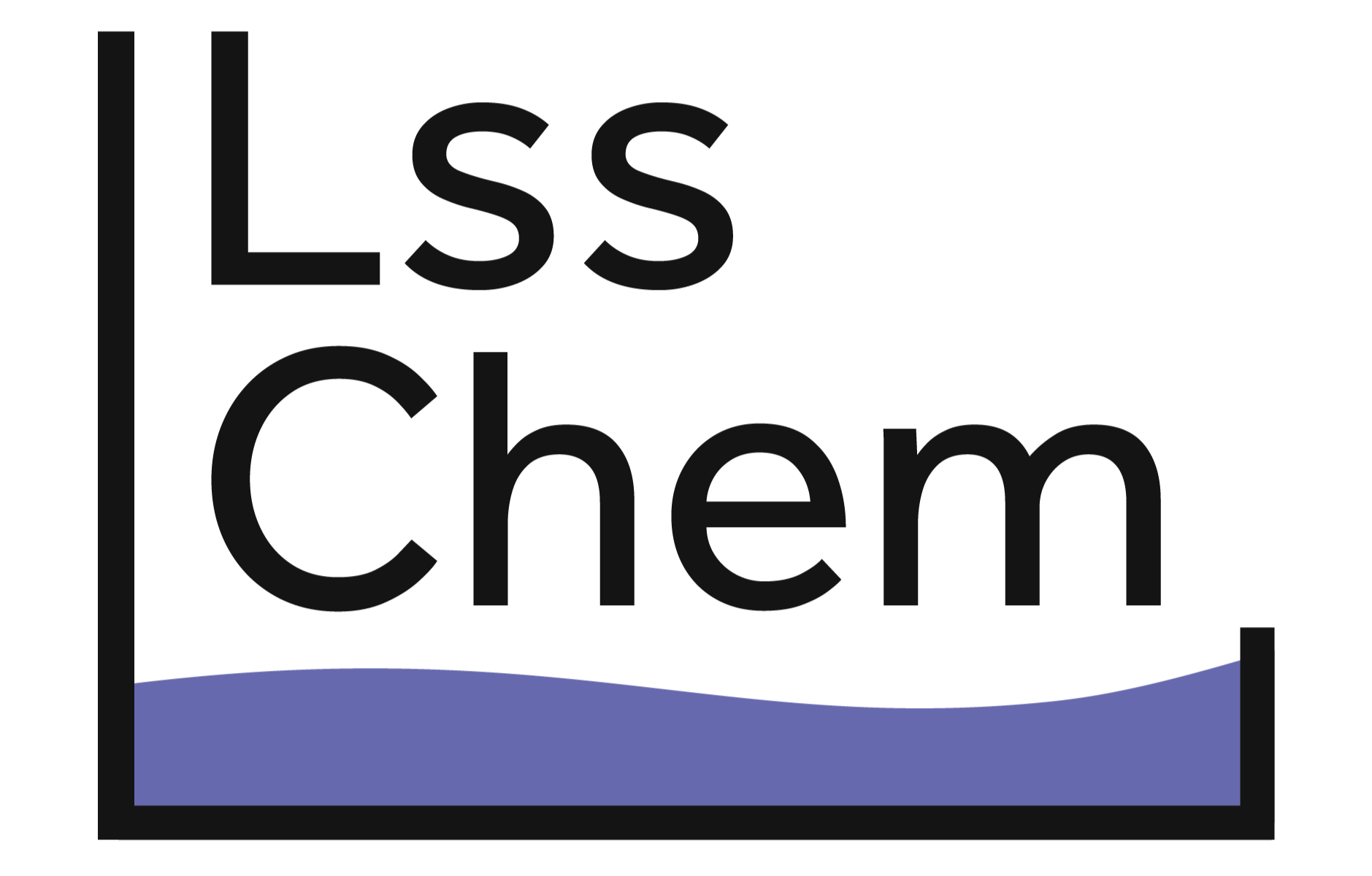If you’ve ever observed a glass of ice water “sweating” outside on a hot day, then you are familiar with the basic function of reflux, the chemical method behind vapor degreasing.
In this example, the gaseous water contained in hot humid air condenses into a liquid when it touches the cold exterior of the glass and drips down the sides. Similarly, vapor degreasers utilize a cleaning solvent, which goes from gas to liquid when in contact with a contaminated part, thus removing the grease.
In this blog post, we’re going to take a closer look at the vapor degreasing process in industrial settings and help you find the best solutions for your cleaning needs.
Machine
The machines used for vapor cleaning and degreasing are closed systems and contain several important features:
Sumps
The bottom of the degreaser contains two basins, known as sumps:
- Boil sump – contains a heating unit to boil the cleaning solvent
- Rinse sump – collects the condensed vapors after they have been used
Cooling Circuit
Above these basins is a cooling circuit, which is tilted towards the rinse side. The cooling circuit is intended to condense the vapors that reach the top of the machine and direct them towards the rinse sump to be reused.
When a part is placed in the degreaser, it will be suspended above the boiling solvent.
Mechanism
Utilizing a specialized piece of equipment and degreasing solvents, vapor degreasing can be used to clean delicate parts that would be difficult to clean physically. At its most basic, the process works by:
- The part in need of cleaning is lowered into a wire basket above the boiling solvent.
- The vapors rise and condense on the dirty part.
- The condensed solvent falls off the part back down to the boil sump, carrying grease and other contaminants with it.
- The vapor that does not condense on the part reaches the top of the container, where it hits a cooling circuit.
- This vapor condenses on the cooling circuit and falls into the rise basin.
- Clean solvent from the rise sump flows back into the boil sump, and the process is repeated.
Importantly, the solvent on the boiling side will contain the contaminants removed from the part, but because these materials will not be released into vapor, the same “dirty” solvent can be used again and again.
This process is known as reflux: the continuous vaporizing and condensing of the same material in a closed system.
Interested in Vapor Degreasing & Cleaning?
LssChemicals is dedicated to helping you find the best solutions for your chemical needs and is proud to offer many of the chemicals well suited for industrial cleaning. If you are looking for an alternative degreasing solvent, or are just interested in the LssChemicals method, then reach out to us today!


